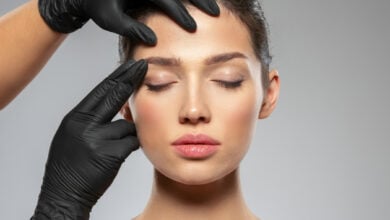Eye Hospitals and Clinics in Istanbul
Eye Hospitals and Clinics in Istanbul offer modern eye care with skilled ophthalmologists. You can find LASIK, SMILE, cataract surgery with premium lenses, as well as retina, glaucoma, cornea, and pediatric services. Prices are clear, appointments are quick, and English speaking teams guide you through tests, treatment, and follow up with online reports and simple travel support.

Short version: Istanbul is a great place to sort out eye problems and to refresh your vision. The city has big eye hospitals, focused eye centers, and teams who see international patients every day. In this post, I’ll explain how care is organized, what treatments are common, how to choose a center, and how to keep your plan safe and simple while you also enjoy the city at an easy pace.
Why Istanbul for Eye Care?
Experience at scale
Large private hospitals, university centers, and specialized eye hospitals clinics work side by side in Istanbul. That scale brings faster scheduling, modern equipment, and teams who do the same procedures many times a week. For a patient, it means smoother steps from consultation to follow-up.
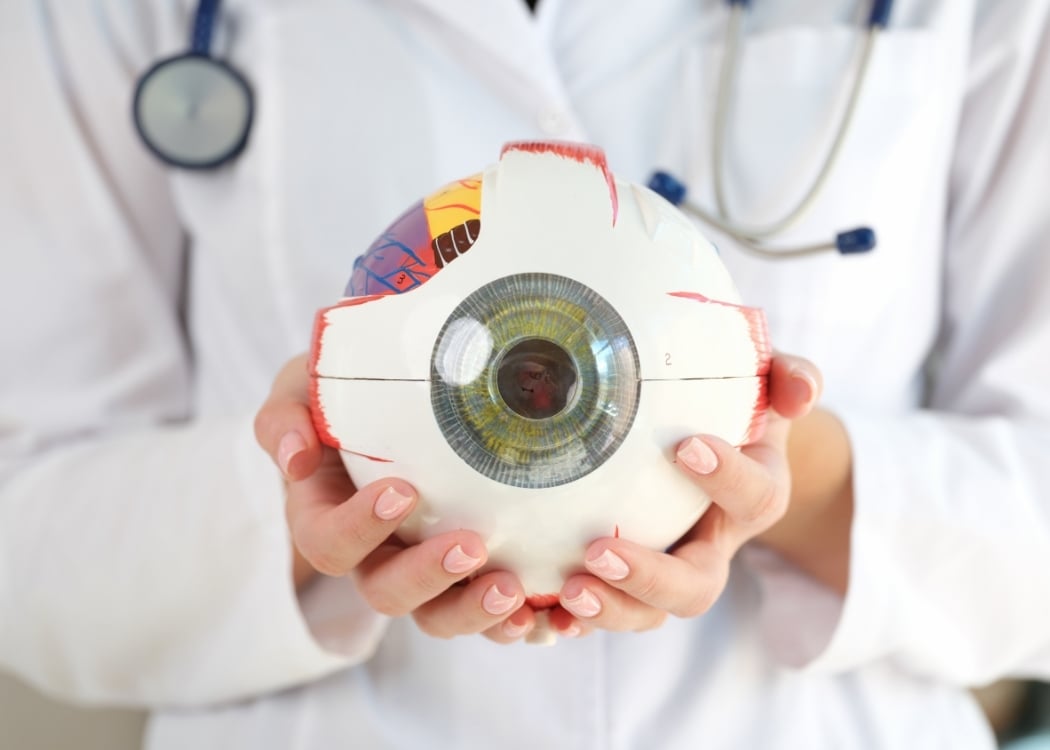
International support
Hospitals here run international patient desks with coordinators and interpreters. They help with quotes, paperwork, airport transfers, and appointment timing. There is also an official 24/7 hotline for foreign patients if you ever need extra guidance. It’s practical and reassuring when you’re far from home.
Value with structure
Pricing is competitive, but the bigger win is structure: clear consent, written plans, device traceability, and formal rules for health advertising. This keeps expectations realistic and pushes clinics to focus on information, not hype.
What Kinds of Eye Centers You’ll See
Hospital-based ophthalmology programs
Private hospitals and some university hospitals run full eye departments. These are ideal when you need multi-specialty support (for example, anesthesia clearance, internal medicine, or ICU backup), or when your case is complex (retina, corneal transplants, combined surgeries).
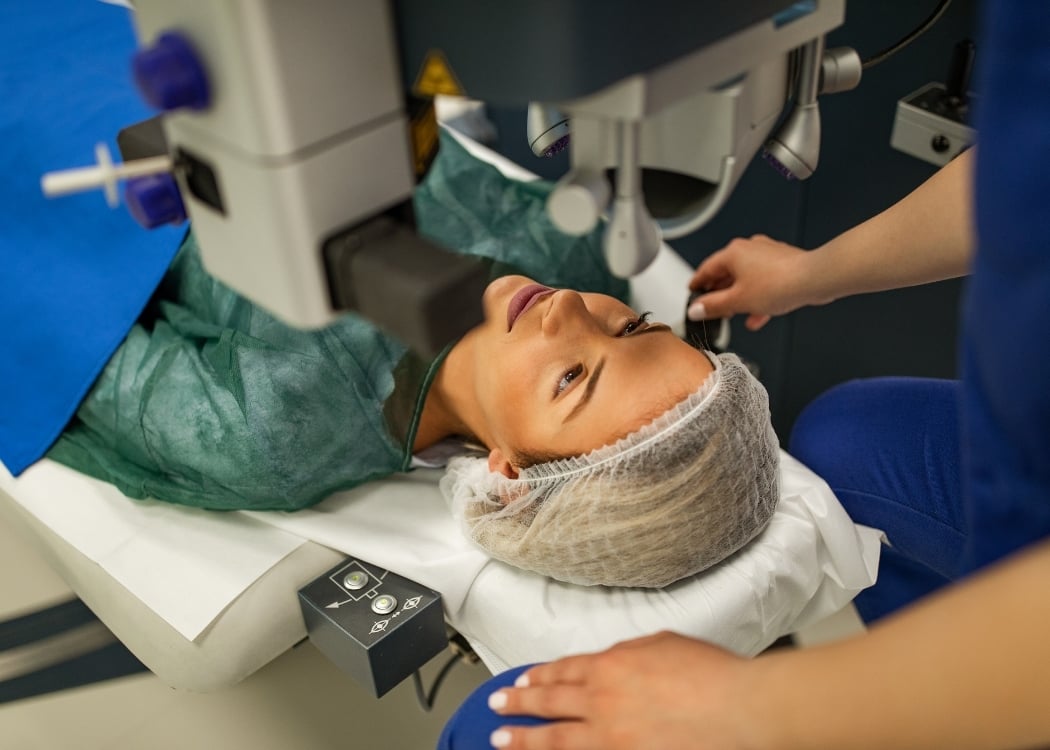
Specialized eye clinics
Many eye hospitals and centers focus on outpatient eye care with operating rooms designed for high-volume day surgery. Think refractive procedures (LASIK/PRK/SMILE), cataracts, glaucoma procedures, cornea treatments, and injections for retinal disease. The better clinics feel like a dedicated eye floor of a hospital: clean workflow, clear instructions, fast recovery.
Which one is right for you?
Match the center to your need. Routine laser vision correction or straightforward cataract? A high-volume eye clinic is often perfect. Multiple conditions or other health issues? A hospital program with more services under one roof is usually wiser. In both cases, look for experience and a named surgeon who explains the plan clearly.
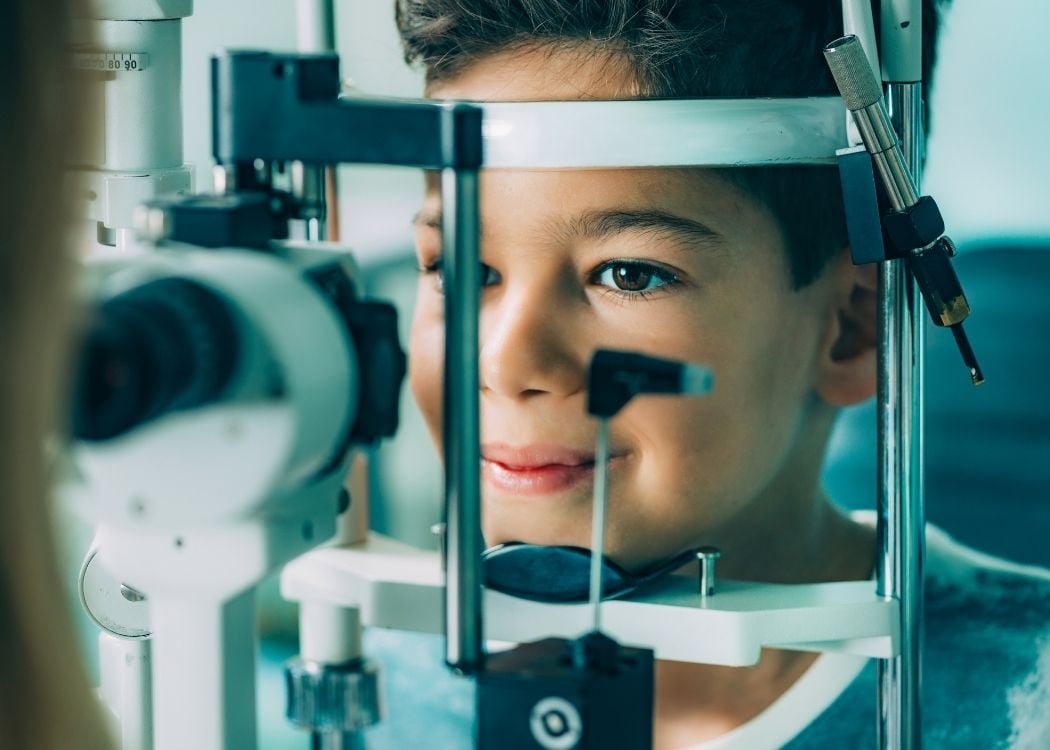
Common Treatments (Plain English)
Refractive surgery: LASIK, PRK, and SMILE
LASIK reshapes the cornea under a flap to correct myopia, hyperopia, and astigmatism. It heals fast. PRK works on the cornea surface (no flap) and suits thinner corneas or certain occupations; recovery is a bit slower but results can be excellent. SMILE uses a tiny incision to remove a small “lenticule” inside the cornea; it’s popular for certain myopia/astigmatism ranges and can be gentle on the corneal surface.
How centers decide if you’re a candidate
Expect detailed corneal maps, thickness and curvature checks, tear film tests, pupil measurements, and a conversation about your work and hobbies. Good teams also talk through dry-eye risk, night vision, and realistic outcomes for your age and prescription. If your cornea is not suitable, they will say so—and that is a good sign of quality.
Recovery basics
Plan a quiet first 24–72 hours. Use drops exactly as prescribed. Wear sunglasses outdoors. Avoid eye rubbing and dusty, smoky places early on. Your surgeon will tell you when flying, swimming, makeup, or heavy exercise are okay again.
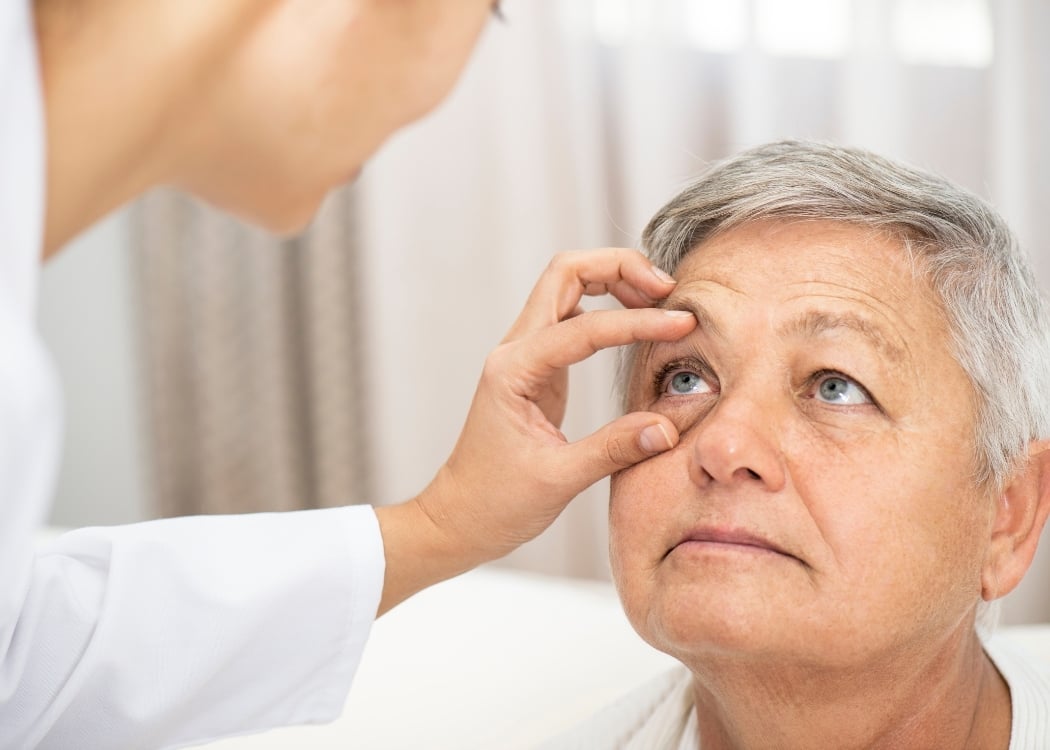
Cataract surgery and lens choices
Cataract surgery replaces the clouded natural lens with a clear artificial lens (IOL). Most operations are quick day procedures with local anesthesia. You can choose among lens types. Monofocal lenses give great clarity at one distance (often far). Multifocal and EDOF (extended depth-of-focus) lenses aim to reduce glasses at multiple distances, but they trade-offs like halos or night contrast in some people. A careful discussion with measurements is key.
Retina care: injections and lasers
Age-related macular degeneration (AMD), diabetic macular edema, and some vein occlusions are commonly treated with intravitreal injections (anti-VEGF and related medicines). Centers in Istanbul run efficient day-case units for these. The visit is short; numbing and sterile prep make it more comfortable than it sounds. Plans can be monthly at first, then “treat and extend.”
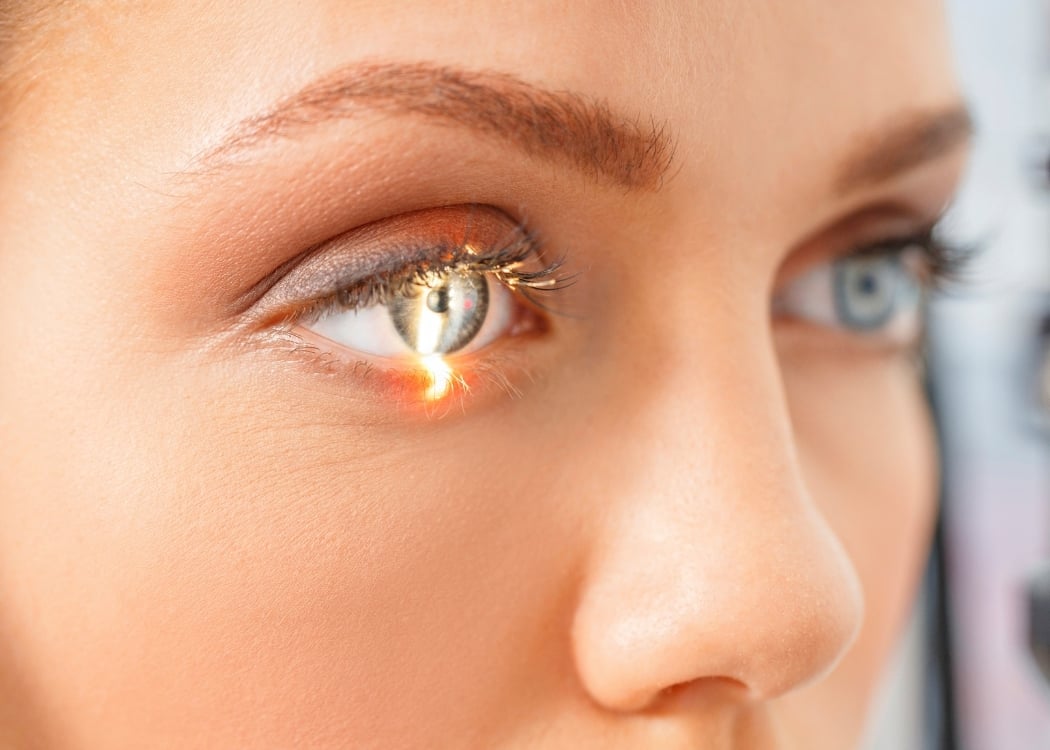
Cornea: cross-linking for keratoconus
If the cornea is thinning or bulging (keratoconus), your doctor may suggest corneal cross-linking. It uses riboflavin drops and UVA light to strengthen corneal collagen and stabilize the cornea, often slowing or stopping progression. Some patients later add customized laser and topography-guided treatments, but the first goal is stability.
Glaucoma, pediatric eye care, and more
Eye hospitals and clinics cover the rest of the spectrum too: pressure-lowering drops and surgeries for glaucoma, pediatric eye assessments and strabismus, corneal transplants, oculoplastics, and neuro-ophthalmology. If you need a rarer subspecialty, ask your coordinator to match you with a unit that does those cases every week.

How Care Is Organized and Regulated (Why That Helps You)
Licensed facilities
Eye care in Türkiye is delivered in licensed hospitals and outpatient medical institutions. In 2025, rules for private outpatient centers were updated and consolidated. This matters for you because it sets staffing, equipment, and inspection standards—so clinics follow clear lines about what can be done where.
Advertising rules
Türkiye restricts healthcare advertising. That’s why you may not see dramatic before/after pictures or big promises on billboards. Clinics focus on information during your consultation instead—tests, options, risks, and expected results. It’s calmer, and it protects patients.
Product and device traceability
Medical devices (lasers, consumables, IOLs, etc.) are recorded in a national tracking system. You can ask which lens model or laser platform is used and expect documentation in your file. This helps future doctors understand your eye history.
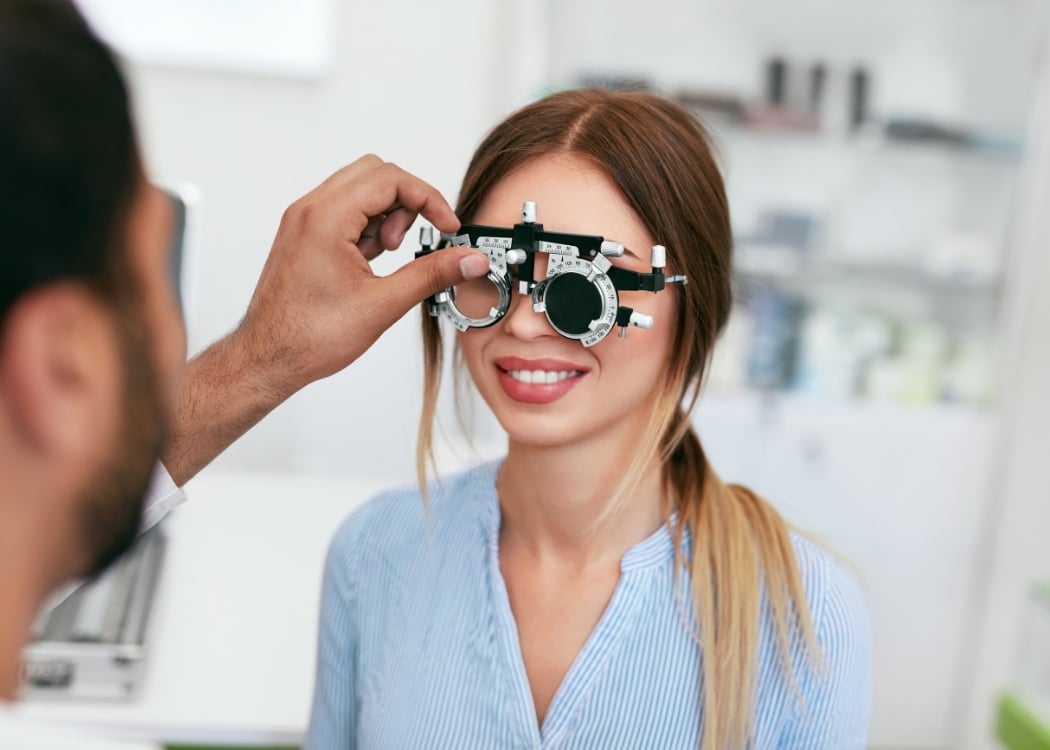
Independent accreditation (optional, but useful)
Some Istanbul hospitals and centers hold international accreditation (for example, JCI). Accreditation doesn’t guarantee a specific outcome, but it is a helpful signal that a facility was audited against global standards; you can check any current status in a public directory.
Official assistance lines
For urgent help anywhere in Türkiye, dial 112. For everyday questions, complaints, or language support related to health, you can also call the Ministry of Health’s International Patient Assistance Unit—a 24/7 line that can coordinate interpreting with emergency and contact centers.
How to Choose an Eye Hospital or Clinic (Without Stress)
1) Match the center to your case
Refractive or routine cataract? A high-volume eye clinic is often perfect. Multiple problems or other medical conditions? A hospital program might fit better. Always ask what the center does most often, and how often they handle your specific issue.
2) Ask for a named surgeon and real numbers
Get the surgeon’s full name and subspecialty. Ask about annual case volume for your procedure, and who will perform each part of the surgery. Good teams answer these questions clearly.
3) Confirm devices and lenses
For refractive surgery, ask about the laser platform and diagnostics. For cataracts, review IOL choices (monofocal, EDOF, multifocal), side effects, and why one lens matches your goals better than another. For retina, clarify which medicines are used and your follow-up schedule.
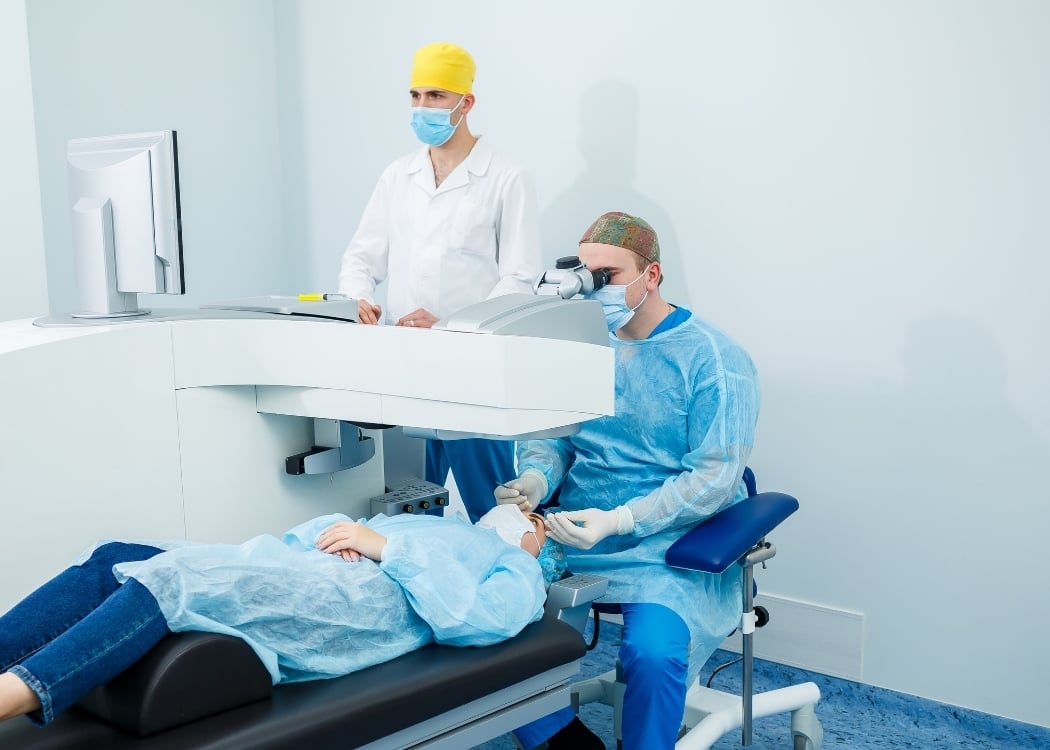
4) Insist on a written plan
Your pro forma should list tests, surgical steps, lens or device details, anesthesia plan, medicines, check-ups, and what happens if you need an extra visit. It should also say what is not included (for example, special lenses, extra scans, or extra injections).
5) Aftercare and remote follow-up
Confirm how you will reach your team once you fly home (WhatsApp, email, tele-visits) and who signs “fit-to-fly” letters if needed. Agree on a simple schedule for checks and drops. Ask who you should see locally if you need help fast.
What Your Visit Looks Like
Consultation day
Bring your glasses prescription, any past eye reports, and a medication list. Expect vision tests, eye pressure, corneal mapping, and a slit-lamp exam. You’ll talk about goals and daily life (driving at night, screen time, sports), and then decide together if surgery makes sense—or not.
Treatment day
Most eye surgeries are day cases under local anesthesia. You arrive, sign consent, change, and meet the team again. With refractive surgery or cataracts, the procedure is usually short. After a snack and a check, you go back to your hotel with eye shields and drops. Someone should be with you that first evening.
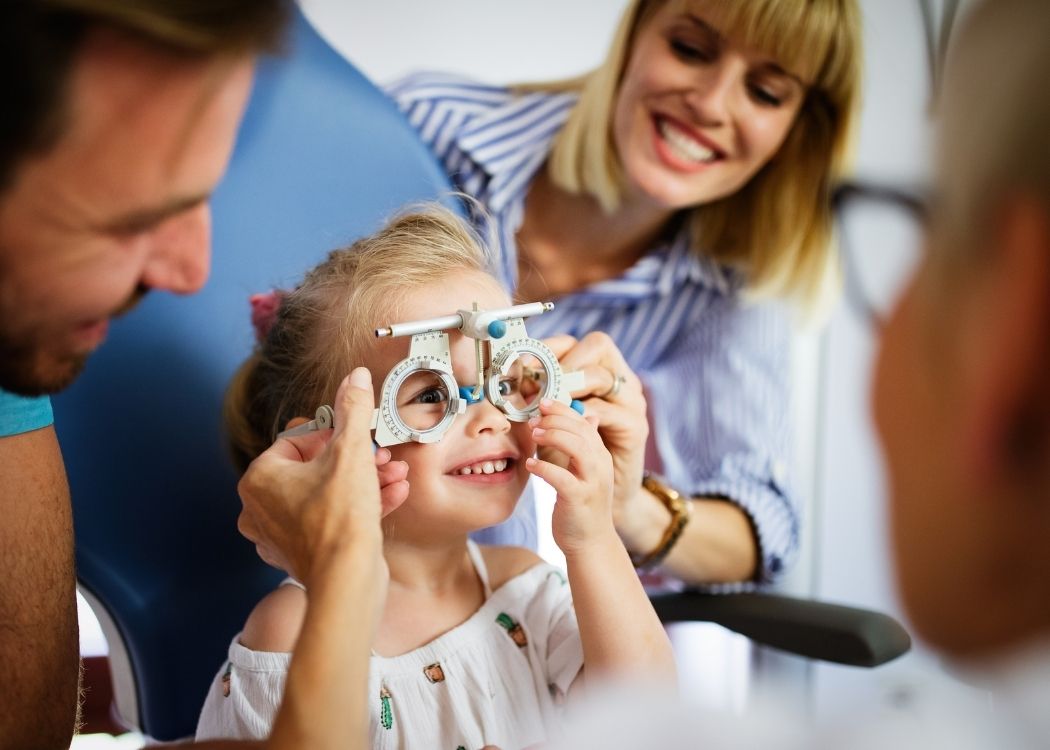
Aftercare
Use drops exactly as prescribed. No rubbing. Sunglasses outside. Avoid hot tubs and pools early on. Your surgeon will tell you when flying or heavy exercise are okay again. If anything worries you—pain, sudden blur, increasing redness—call immediately.
Money & Insurance (Practical Bits)
Direct billing vs. pay-and-claim
Some global insurers can guarantee payment to major hospitals, but many visitors pay by card and claim later. Keep itemized invoices (fatura) and medical reports. Standard travel policies often don’t cover planned surgeries; ask about separate “complications cover” if that matters to you.
Quotes that make sense
Good quotes list everything: pre-op tests, the surgery itself, the lens or device, medicines, follow-ups, and what happens if your plan changes (for example, a different lens choice after measurements). Ask for this in writing before you book flights.
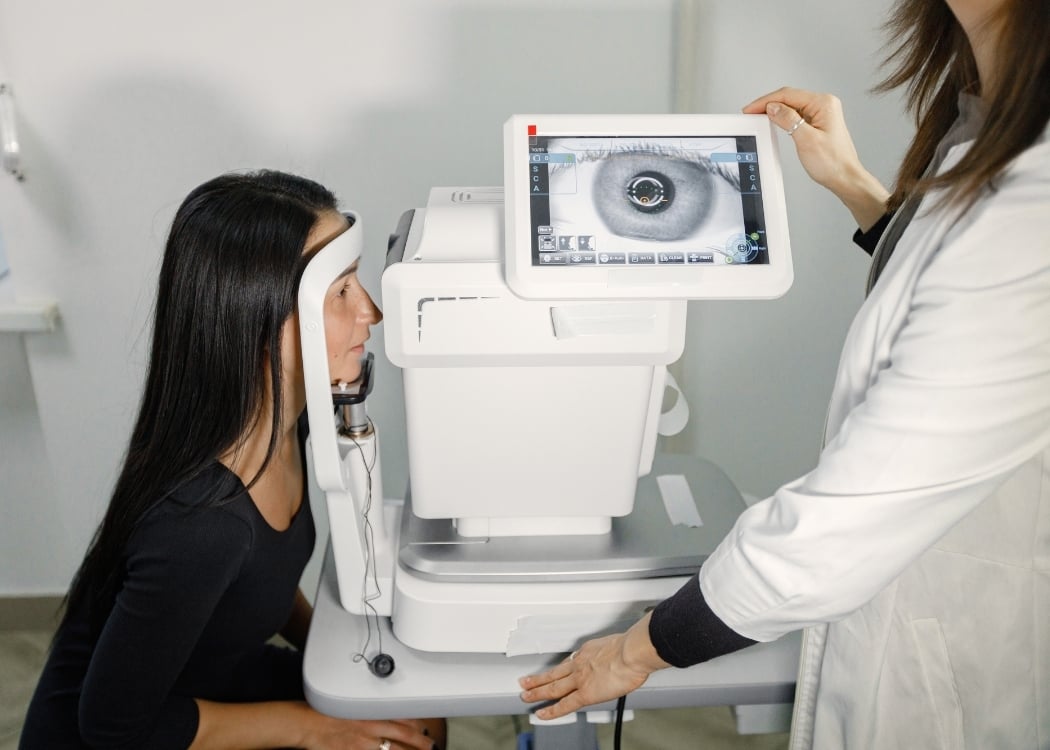
Tourism + Treatment: Keep It Gentle
Easy wins between visits
Choose soft experiences while your eyes heal: a short Bosphorus cruise with a window seat, a park walk at golden hour, one calm museum gallery, tea with a view. Istanbul gives you big feelings without big effort. Save long, bright days for another trip.
Stay close and rest well
Pick a hotel within a short ride of your eye hospitals or clinics for the first days. Ask for blackout curtains and a quiet room. Keep screens dim and font sizes large at first. Hydrate, use your drops on time, and nap when you need to.
Red Flags (When to Pause)
- No named surgeon or unclear who will operate
- Refusal to share device/lens details or to document them
- No consent forms, no aftercare sheet, or pressure to decide fast
- Promotional claims that feel too good to be true
Bottom Line
Istanbul is a strong choice for eye care because the system is built for it: experienced teams, high-volume eye hospitals, clear rules, and real support for international patients. Pick a licensed setting, ask for a simple plan in writing, protect your healing time, and let the city make the process feel human and manageable.
This post shares general information. It is not medical advice. Always decide with your own doctor and chosen clinic.
References
- HealthTürkiye — official portal for international patients; services, planning tools, and FAQ (24/7 support via Ministry ecosystem).
- Ministry of Health, Health Tourism Department — International Patient Assistance Unit (24/7 interpreting & coordination), phone +90 850 288 38 38.
- Regulation on Private Health Institutions Providing Outpatient Diagnosis and Treatment (Official Gazette, 19 Apr 2025) — overview and key changes.
- Regulation on Promotion & Information Activities in Health Services (entered into force 29 Jul 2023) — advertising restrictions and clinic communications.
- Joint Commission International — public directory to verify current international accreditation status of hospitals/centers.
- AAO (American Academy of Ophthalmology) — SMILE overview and FDA-approved indications; LASIK/PRK/SMILE education for patients and clinicians.
- AAO — Cataract surgery and intraocular lens (IOL) options, including monofocal vs multifocal/EDOF, factors to consider.
- AAO — Clinical statement on intravitreal injections; anti-VEGF as first-line therapy for neovascular AMD and other retinal conditions.
- AAO & Ophthalmology Times — Corneal cross-linking to stabilize keratoconus and slow progression; 2024–2025 updates.
- UK FCDO — Turkey travel health advice: emergency medical number 112 and practical steps.
